Disclosure: This article contains affiliate links. We may earn a commission from purchases at no extra cost to you, which helps our travel content.
The first time I landed in Maun's modest airport, the juxtaposition struck me immediately – a bustling frontier town serving as the final outpost of modern convenience before the vast wilderness of the Kalahari Desert unfolds. As someone who splits their professional life between analyzing structural integrity and observing wildlife habitats, Maun represents a fascinating intersection of human ingenuity and natural splendor. During my recent winter business trip extending into a weekend adventure, I discovered that choosing the right accommodation in this gateway town isn't merely about finding a place to sleep – it's about positioning yourself strategically for desert excursions while understanding the delicate balance between comfort and sustainability in a fragile ecosystem. Whether you're traveling with colleagues, friends, or family, I'll guide you through Maun's accommodation landscape with the same precision my father taught me when we built our first treehouse together back in Perth.
Understanding Maun's Accommodation Landscape
Maun presents a fascinating study in adaptive architecture – structures designed to withstand the harsh Kalahari climate while providing comfort to travelers from across the globe. The town's accommodations generally fall into three categories: riverside lodges along the Thamalakane, urban guesthouses within the town center, and safari camps on the outskirts pointing toward the delta and desert beyond.
What makes Maun unique from an engineering perspective is how these structures incorporate both modern techniques and indigenous knowledge. Many of the better mid-range options utilize thick walls for natural temperature regulation – a principle I've studied extensively in sustainable building designs across Southeast Asia. The traditional thatched roofs you'll encounter aren't merely aesthetic choices; they provide superior insulation against the winter night chill while allowing heat dissipation during warmer periods.
During my stay, I was particularly impressed by how the riverside lodges have been constructed to minimize environmental impact while maximizing views of the riparian ecosystems. These waterways are critical corridors for wildlife movement, something my mother would immediately recognize from her conservation work with Australian fauna. The structural positioning of these lodges – elevated on stilts in many cases – serves both to protect against occasional flooding and to provide guests with uninterrupted wildlife viewing opportunities.
For groups traveling together, I'd recommend focusing your search on the lodges that offer family units or adjacent rooms. These typically provide the best value while ensuring your group can gather in communal spaces to plan the next day's desert adventures.

💡 Pro Tips
- Book accommodations at least 3 months in advance if visiting during peak season (July-October)
- Request rooms away from generators if staying at safari camps - the nighttime wildlife sounds are worth preserving
- Many lodges offer significant group discounts for bookings of 4+ rooms
Riverside Retreats: The Premium Experience
The Thamalakane River creates a lifeline of green cutting through Maun's dusty landscape, and the accommodations along its banks represent some of the town's finest offerings. During my winter stay, I found these riverside retreats particularly appealing as they balance proximity to town conveniences with the tranquility of natural surroundings.
Old Bridge Backpackers stands out as an exceptional mid-range option that defies its humble name. While they offer dormitory accommodations, their private riverside chalets deliver remarkable value. The structural design incorporates large windows strategically positioned to capture both river breezes and wildlife sightings. I spent one memorable morning watching a family of vervet monkeys navigate through the overhanging branches while I planned my day from the private deck – a moment that transported me back to childhood days observing rehabilitation animals with my mother.
For groups seeking more luxury without breaking the bank, Thamalakane River Lodge offers family units constructed with impressive attention to local architectural traditions. The thatched roofs here aren't merely decorative; they're meticulously crafted using techniques refined over generations. As an engineer who appreciates functional design, I noted how the steep pitch and density of the thatch creates natural air conditioning – maintaining comfortable temperatures despite the winter night chill.
I particularly recommend bringing a quality binoculars for riverside accommodations. The riparian habitat attracts diverse birdlife even in winter months, and having these within reach on your private deck transforms downtime into wildlife observation opportunities. My pair rarely left my side during morning coffee sessions.
One engineering aspect I appreciated was how several riverside properties have incorporated raised boardwalks that minimize environmental impact while creating accessibility during occasional water level fluctuations. These thoughtful structural choices demonstrate how accommodation can harmonize with rather than dominate the natural environment.
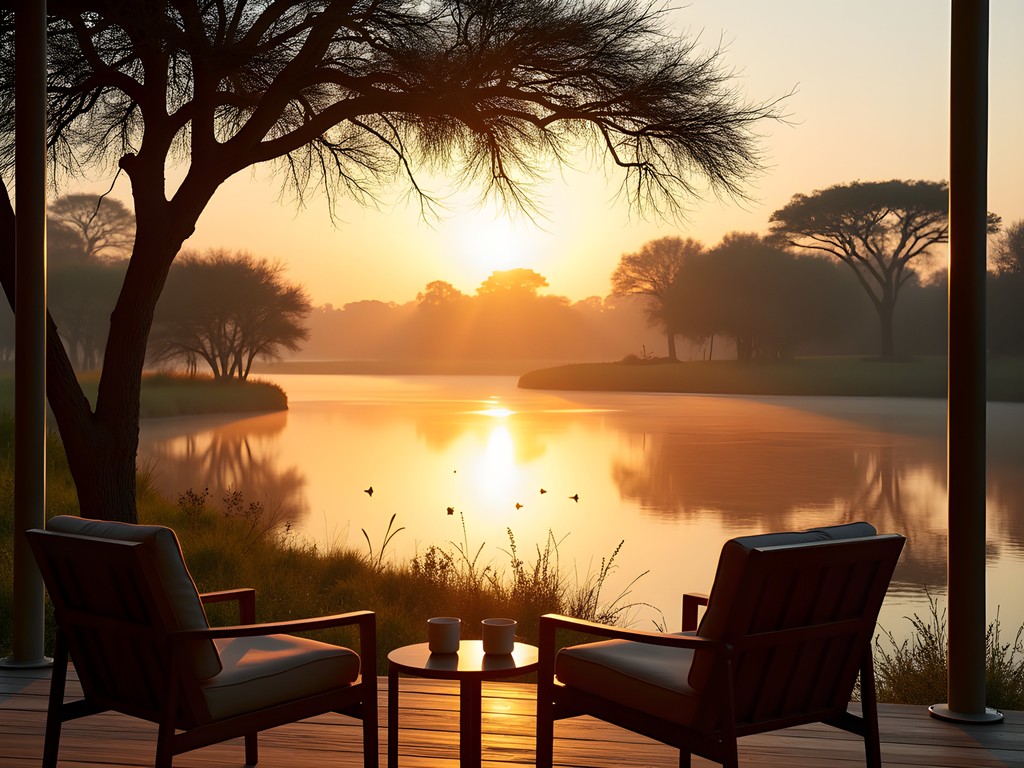
💡 Pro Tips
- Request rooms in the eastern section of riverside properties for the best morning light and wildlife activity
- Many riverside lodges offer canoe rentals - book these a day in advance for dawn excursions when the water is calmest
- Pack insect repellent even in winter - the proximity to water means mosquitoes remain active around dusk
In-Town Options: Convenience and Value
For groups prioritizing convenience and easy access to Maun's amenities, the in-town accommodations offer practical advantages worth considering. These establishments typically provide better value in pure accommodation terms, though they trade the natural setting of riverside properties for proximity to restaurants, supplies, and transportation options.
Cresta Riley's Hotel represents the town's historical hospitality backbone, with a structural design that has evolved over decades. What fascinates me as someone with an engineering background is how the property has expanded in phases, each reflecting the architectural thinking of its era while maintaining functionality. The central courtyard creates a microclimate effect that my father would appreciate – providing shade and capturing cooling breezes even during warmer days.
For groups seeking more independent arrangements, Maun Self Catering offers apartment-style accommodations with fully equipped kitchens. The structural layout creates natural gathering spaces while providing privacy between units – an architectural balance that serves group dynamics well. During my stay, I appreciated how the communal braai (barbecue) areas were designed with both functionality and social interaction in mind, creating natural spaces for sharing stories after desert excursions.
One practical consideration for in-town stays is transportation for excursions. I highly recommend arranging a portable cooler for day trips into the surrounding areas. The ability to keep water and supplies cold is invaluable in this climate, and the structural integrity of these coolers withstands the inevitable bumps of safari transport.
What many travelers overlook about in-town accommodations is their integration with local life. Staying centrally positioned me to observe fascinating customs around the weekly markets and community gatherings – cultural exchanges that provided context for understanding the relationship between Maun's residents and their surrounding wilderness. These interactions often revealed local knowledge about wildlife movements and seasonal patterns that no guidebook could provide.
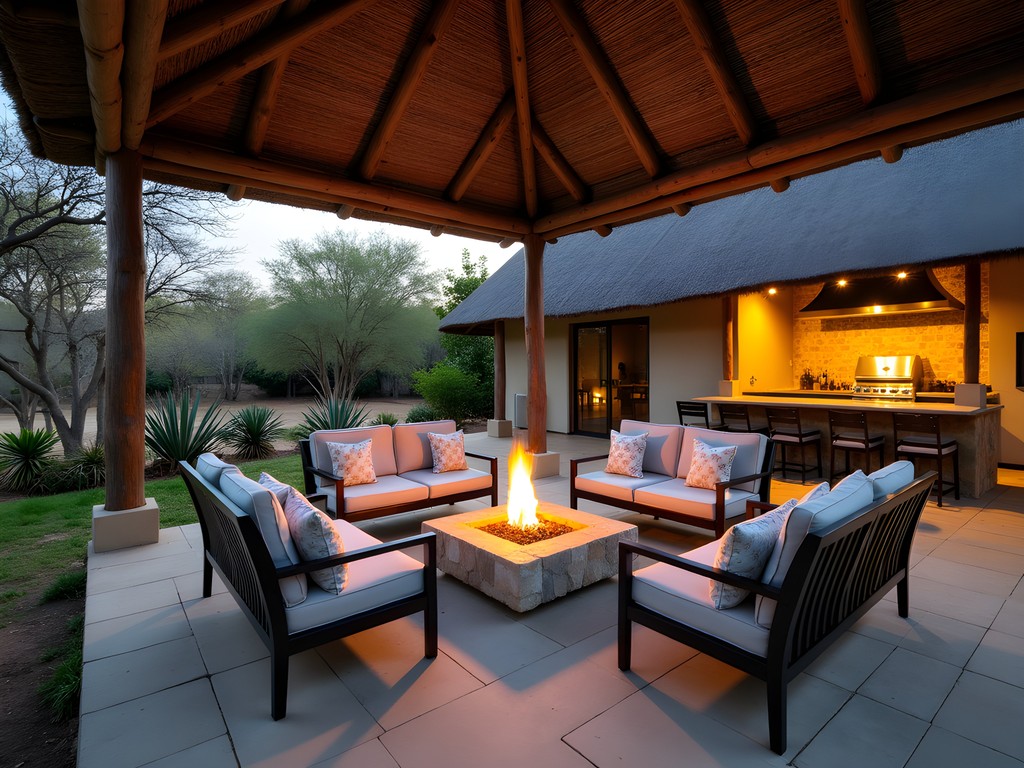
💡 Pro Tips
- The north side of Maun typically offers quieter accommodations away from the main transport routes
- Many in-town guesthouses offer discounted rates for 3+ night stays even during peak season
- Ask proprietors about their connections with local guides - the best recommendations often come through these personal networks
Safari Camps: The Wilderness Experience
For those seeking to immerse themselves more deeply in the Kalahari experience, Maun's peripheral safari camps offer a compelling middle ground between town conveniences and complete wilderness isolation. These properties typically sit on the outskirts of Maun, pointing toward the delta and desert beyond, creating a softer transition into wild Botswana.
The structural engineering of these camps particularly interests me from a professional standpoint. Many utilize tensile architecture principles – canvas stretched over engineered frames – creating flexible structures that respond to environmental conditions while minimizing permanent impact on the landscape. This approach mirrors natural systems where flexibility often proves more resilient than rigid resistance – something my father taught me when designing treehouses to accommodate growing branches.
Matlapaneng Camp stands out for groups seeking this wilderness experience without extreme luxury pricing. Their family units feature connected tents with a shared covered porch, creating both community and privacy. The elevated wooden platforms supporting these structures serve multiple functions: they protect against occasional water runoff, create separation from ground-dwelling creatures, and improve air circulation in a climate where every cooling breeze matters.
During my winter stay, I found the temperature fluctuations more pronounced at these peripheral properties – a function of their distance from the moderating influence of the river and town. A quality sleeping bag liner proved invaluable for adding warmth to provided bedding on chilly nights while being light enough to pack easily. The desert temperature can drop surprisingly low after sunset even when days remain comfortable.
What makes these safari camps particularly valuable for wildlife enthusiasts is their positioning along natural movement corridors. One morning, I watched a family of warthogs navigate confidently through camp – their behavior noticeably different from the more cautious approach they display in areas with higher human density. These unplanned wildlife encounters often prove more memorable than organized excursions, reminding me of similar moments observing rehabilitating animals with my mother in Australia.
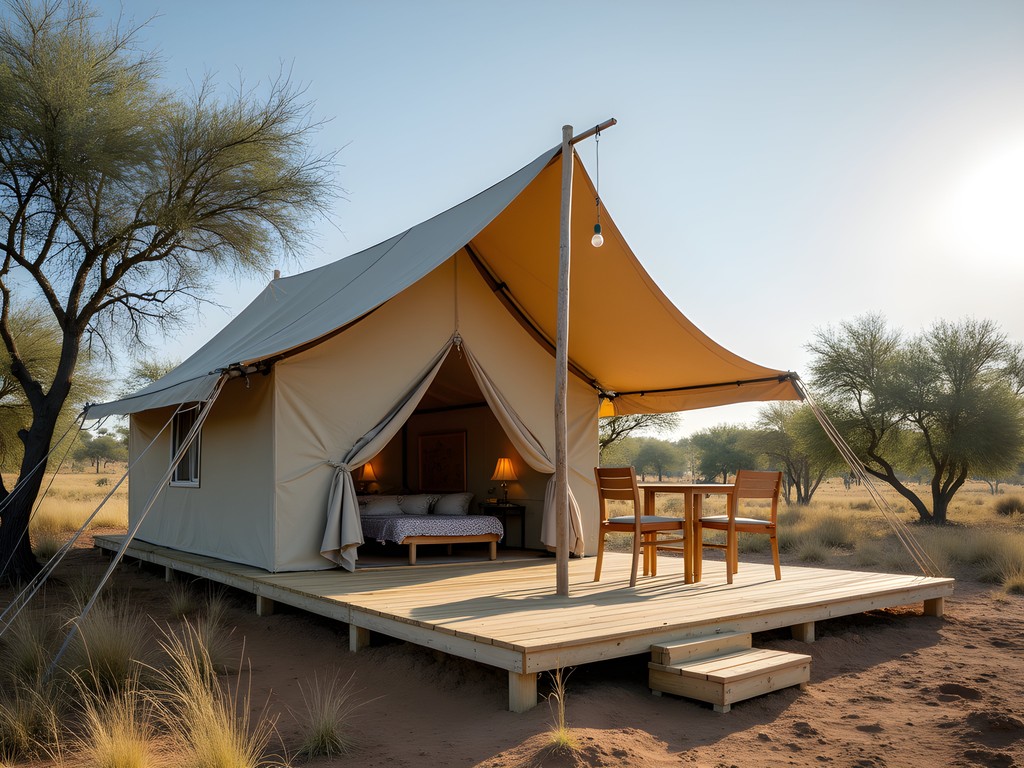
💡 Pro Tips
- Request rooms furthest from the main lodge for better wildlife viewing opportunities
- Pack a headlamp with red light function to avoid disturbing nocturnal wildlife when moving around camp after dark
- Many safari camps offer significant discounts for 3+ night stays during winter (Botswana's low season)
Sustainable Choices: Eco-Friendly Accommodations
As someone deeply committed to environmental sustainability, I've been particularly attentive to how Maun's accommodations address their ecological footprint in this sensitive desert ecosystem. The most forward-thinking properties have implemented impressive systems that deserve recognition and support from conscientious travelers.
Island Safari Lodge stands as a compelling example of sustainable engineering in practice. Their water management system collects rainwater from roofs (precious though infrequent in this climate), filters greywater for garden irrigation, and utilizes solar heating for guest showers. What impressed me most was how these technical solutions were implemented without compromising guest comfort – the mark of truly excellent sustainable design. My engineering background gives me particular appreciation for systems that balance efficiency with practicality.
For groups with environmental priorities, Crocodile Camp Safari & Spa offers family units constructed using a fascinating blend of traditional techniques and modern materials. Their walls incorporate local clay mixed with sustainable additives for improved insulation – a technique similar to those I've documented in Southeast Asian vernacular architecture. This approach reduces both the embodied carbon of construction and the ongoing energy demands for climate control.
One practical consideration for eco-conscious travelers is water usage. I recommend bringing a microfiber travel towel which dries quickly between uses and significantly reduces laundry water consumption. This small choice multiplied across a group makes a meaningful difference in a water-scarce environment.
What particularly moved me was seeing wildlife conservation principles applied directly to accommodation design. Several properties have created artificial water features that collect air conditioning condensate – turning what would be waste into wildlife-supporting resources during the dry winter months. Watching birds and small mammals utilize these features reminded me powerfully of my mother's rehabilitation work, where small interventions often supported broader ecosystem health.
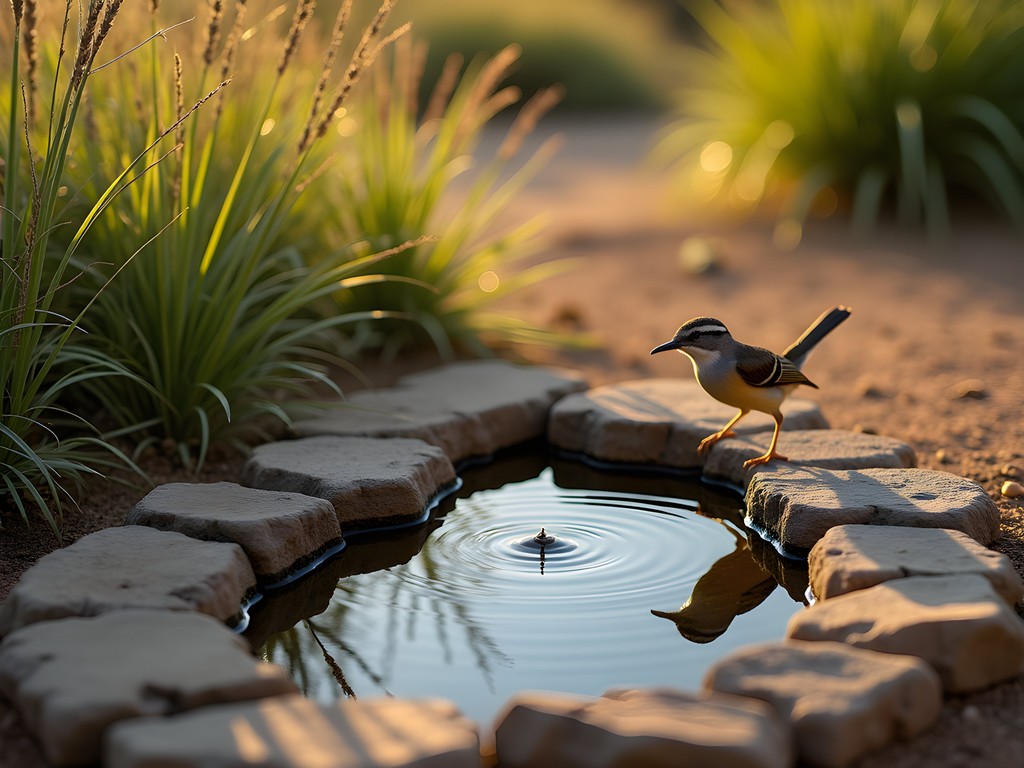
💡 Pro Tips
- Ask about solar power availability when booking - many properties now offer solar-powered charging stations for electronics
- Properties with established gardens typically have better shade and natural cooling, reducing air conditioning needs
- Support accommodations that employ local staff and source food locally to reduce transportation impacts
Final Thoughts
Selecting the right accommodation in Maun isn't merely about finding a place to rest – it's about choosing a foundation for your entire Kalahari experience. Whether you prioritize riverside tranquility, in-town convenience, wilderness immersion, or ecological responsibility, Maun offers options that cater to each preference without sacrificing comfort. As I reluctantly packed my bags after my extended weekend, I found myself reflecting on how these different accommodations mirror the adaptability of natural structures – each finding its own perfect niche in this gateway ecosystem. When planning your group's journey to this remarkable threshold between civilization and wilderness, consider not just the physical comforts each property offers, but how its location, design, and philosophy will shape your connection to this extraordinary landscape. The Kalahari awaits beyond Maun's boundaries – choose your launching point wisely.
✨ Key Takeaways
- Riverside accommodations offer the best balance of convenience and natural setting for most groups
- Winter visits (June-August) provide excellent wildlife viewing with fewer crowds and lower rates
- Properties on Maun's outskirts offer better wildlife encounters but require transportation planning
- Sustainable accommodations support both conservation efforts and often provide more authentic local experiences
📋 Practical Information
Best Time to Visit
May through August (Botswana's winter)
Budget Estimate
$80-200 USD per night for mid-range accommodations
Recommended Duration
2-3 nights minimum before desert excursions
Difficulty Level
Intermediate

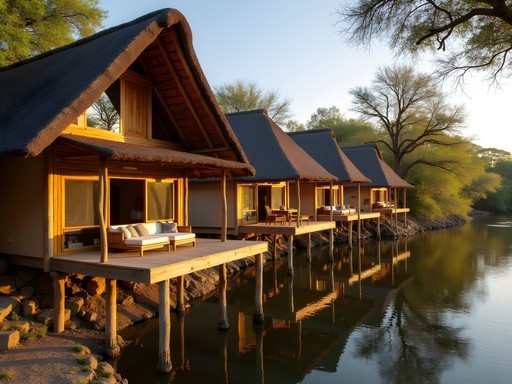
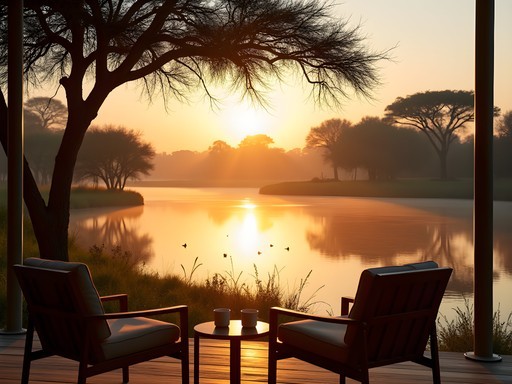
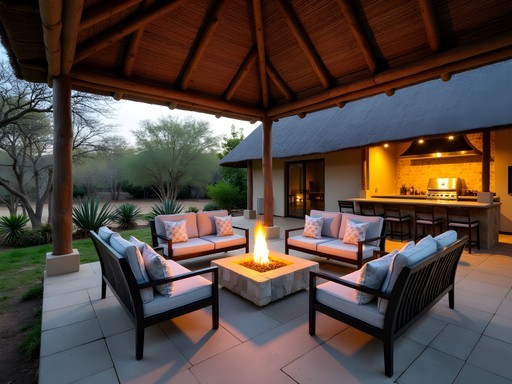
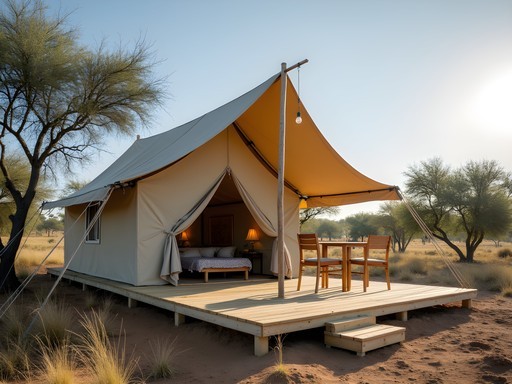
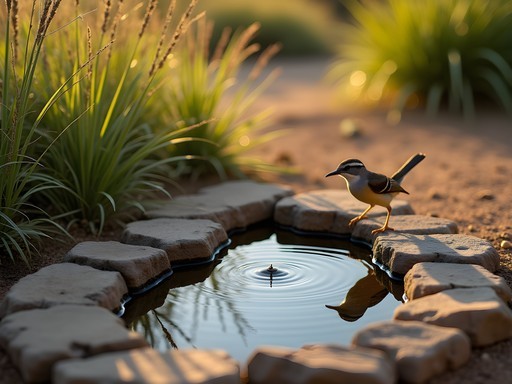


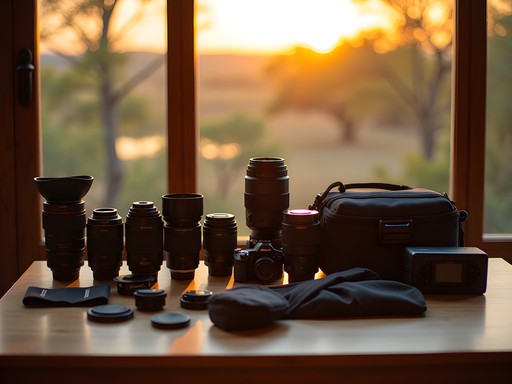
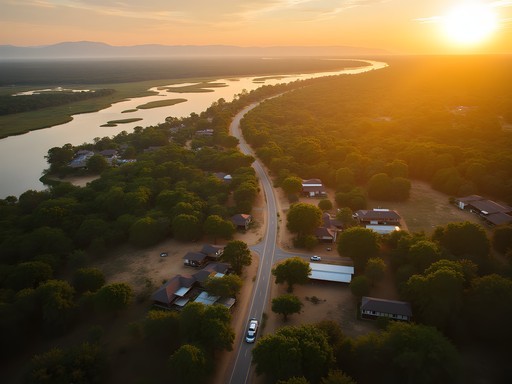

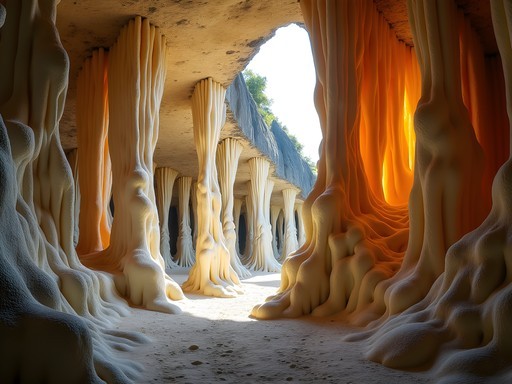
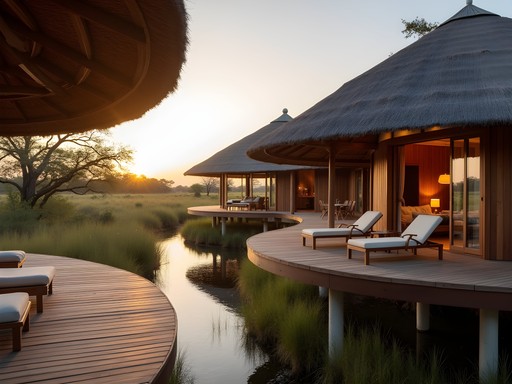
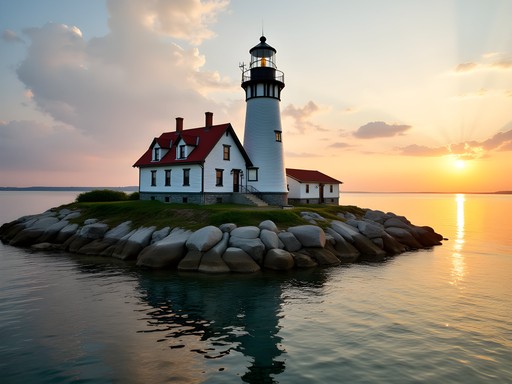
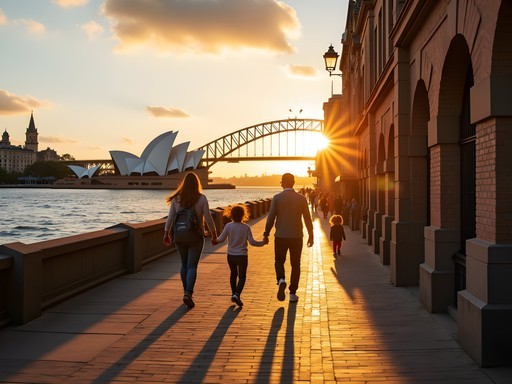
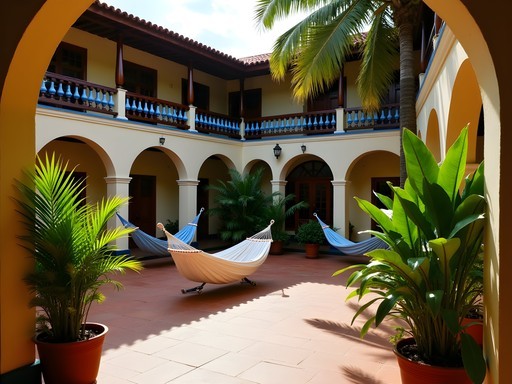
Comments
happyninja
Just got back from Maun last week! Pro tip: book accommodations that include airport transfers. The taxi situation can be chaotic, especially during high season. We loved Old Bridge Backpackers - basic but the riverside location and helpful staff made planning our Okavango excursions super easy.
smartchamp
Those riverside lodges look INCREDIBLE! Definitely adding this to my bucket list!!
hikingzone8156
Anyone know if October is too hot to visit? Thinking about a trip but worried about the heat in Maun and the Kalahari.
bluelover
October is HOT but it's also amazing for wildlife viewing as animals gather around water sources. Just book places with A/C or pools!
Nicole Russell
David! This post brings back so many memories! I solo traveled through Botswana last year and used Maun as my base. For solo travelers on a budget, I found the in-town guesthouses to be perfect. The community atmosphere at Maun Backpackers was incredible for meeting other travelers to potentially share safari costs. One tip I'd add: if you're staying in town, rent a bicycle! It's the best way to get around Maun and experience local life. Also packed my waterproof daypack which was essential during those surprise afternoon thunderstorms in November. Can't wait to go back!
citygal
Are the safari camps mentioned really worth the splurge? I'm torn between staying in town or going for the full experience.
Nicole Russell
100% worth it if you can swing it! I stayed at a camp outside Maun last year and waking up to elephants drinking at the waterhole was MAGICAL. But town accommodations are perfectly fine too if you're planning day trips.
citygal
Thanks Nicole! Might do a split stay then - few days in town and splurge for 2 nights at a camp.
Douglas Bradley
Having visited Maun three times in the past five years, I can confirm David's assessment of the accommodation landscape is spot on. The riverside lodges offer that perfect balance between comfort and wilderness immersion. I particularly appreciated the analysis of seasonal pricing variations - something many travelers overlook when planning. My recommendation: if you're planning to visit during shoulder season (April-May), you'll find excellent value at the riverside properties with significantly fewer crowds. The morning coffee views over the Thamalakane are worth every pula.
happyninja
Which riverside lodge would you recommend for a family with teenagers? Looking at options now!
Douglas Bradley
Thamalakane River Lodge worked well for my sister's family - they have family units and a nice pool area that teenagers will appreciate after dusty safari days. The WiFi is decent too (important for teens!).
bluelover
Great timing! Heading to Botswana next month and Maun is our first stop!
Ahmed Palmer
David, this is an excellent breakdown of Maun's accommodation options. Having visited the area multiple times over the years, I've noticed how the town has developed while still maintaining its frontier character. One aspect worth emphasizing is the seasonal variation in pricing and availability. April-October (dry season) sees prices increase by 30-50% at most properties, particularly the safari camps. The shoulder seasons (Nov and March) offer excellent value with fewer crowds but still decent wildlife viewing. Regarding the in-town options, I'd add that Riley's Hotel has recently renovated their rooms and offers surprisingly good value considering their central location and facilities. For solo travelers on a budget, the Maun Backpackers has a wonderful communal atmosphere and organizes informal mokoro day trips that are more affordable than the packaged tours.
David Takahashi
Thanks for the thoughtful additions, Ahmed! You're absolutely right about the seasonal pricing - I should have emphasized that more. I haven't seen Riley's since the renovation, but that's valuable information. Always appreciate your insights from multiple visits to the region!
wildguy9773
Just got back from Maun two weeks ago! David's riverside recommendation was spot on - we stayed at Old Bridge Backpackers which was perfect for our budget but still had that amazing river setting. The camping area was surprisingly comfortable and the bar/restaurant became our favorite hangout. One tip I'd add - if you're planning to visit during Jan-March (we did), be prepared for afternoon thunderstorms. They're spectacular but can disrupt safari plans. Also, don't miss the helicopter flights over the delta - pricey but absolutely worth it for the wildlife viewing from above!
escapeninja
Old Bridge looks great! Did you feel safe camping there? And how far in advance did you book the helicopter tour?
wildguy9773
Totally safe! The grounds are well-maintained and there's a good vibe. I'd recommend their permanent tents if you don't have your own gear. For the helicopter, book at least 3-4 days ahead in peak season. We used this guide which had great info on all the flight operators and helped us choose.
escapeninja
Great post! Heading to Botswana in December - is Maun worth staying in for a few days or better as just a stopover? Any recommendations for mid-range places with good A/C? That Kalahari heat sounds intense!
Ahmed Palmer
I spent 3 days in Maun last year and found it quite worthwhile. It's not just a gateway - the town has its own charm. The Okavango Delta scenic flights leave from Maun and are absolutely worth it. For accommodation with good cooling, I'd recommend Thamalakane River Lodge - it's about 20km from town but has excellent facilities and the riverside location helps keep temperatures bearable.
escapeninja
Thanks Ahmed! Adding that lodge to my list. Did you rent a car or use taxis to get around?
Ahmed Palmer
I rented a 4x4, which I'd recommend if you're planning any self-drive excursions. For just staying in Maun, the lodges can arrange transport or there are reliable taxi services. Just negotiate rates beforehand!
Venture X
Premium card with 2X miles, $300 travel credit, Priority Pass